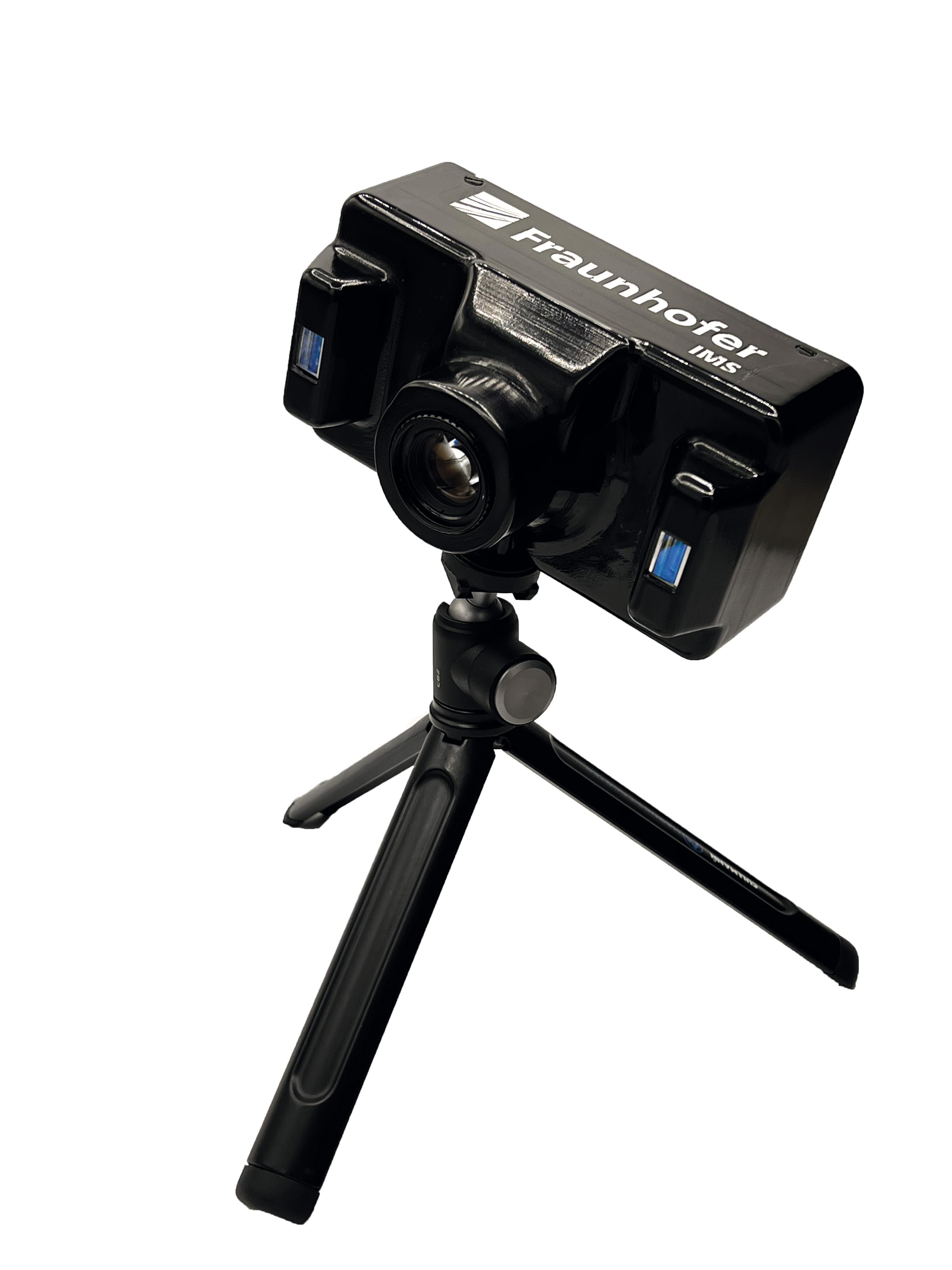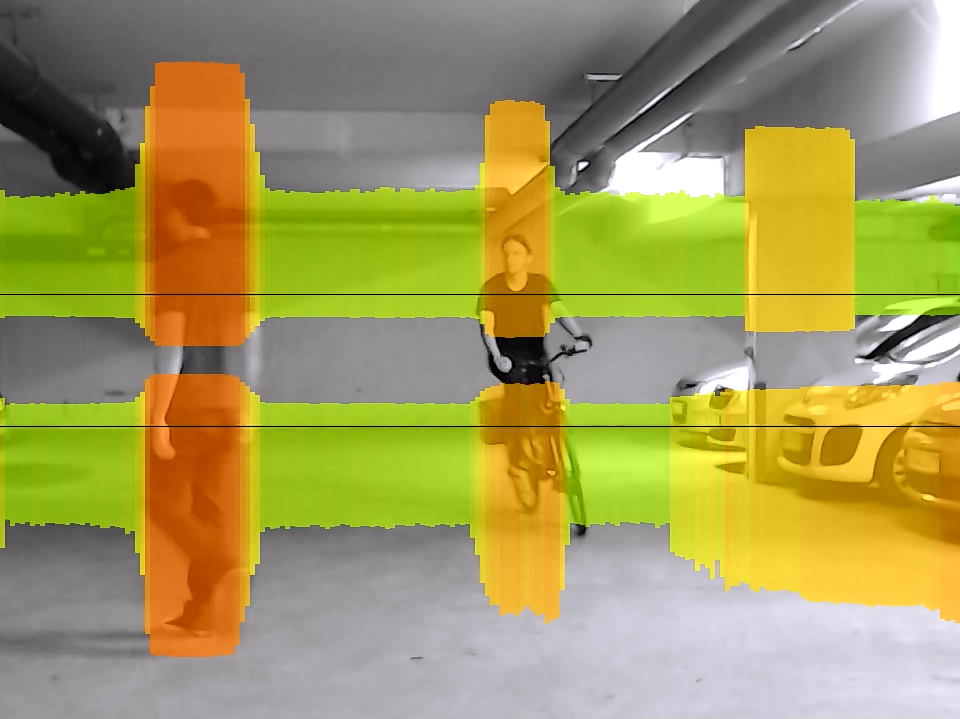
The three-dimensional detection of the environment or objects is of crucial importance in applications such as driver assistance systems, autonomous vehicles or industrial robotics and measurement technology.
The LiDAR (Light Detection And Ranging) measurement principle is based on determining the duration between the emission of a laser pulse and the reception of the reflected light. Since the speed of light is known, the distance to the reflecting object can be determined directly from this duration. In LiDAR cameras, a three-dimensional image of the environment is created from many of these measurements. Both scanning methods, which capture the environment point-by-point or line-by-line, and so-called Flash LiDAR, which illuminate the environment with a single laser pulse, are possible.
Basic elements of LiDAR systems are:
Transmitter: a laser beam source that emits short pulses of light. Typical wavelengths are 905 nm or 1550 nm.
Receiver: highly sensitive sensors are used to detect the light reflected from an object.
High-resolution timing circuits that determine the elapsed time between the emission and reception of the laser pulse.
Signal processing algorithms that perform signal filtering operations and calculate the distance to the object.
Other sensors for which both sensor technology development and data collection and analysis (from raw data pre-processing and reconstruction methods to training, testing and application of machine learning (ML) methods) are offered by Fraunhofer- Automotive include radar, ultrasonic and camera sensors.
Also for these sensors there is a considerable range in the technlogical realization, for example the radar frequency range (cf. 24 GHz. vs. 77 Ghz) or the wavelength range of cameras, from RGB cameras in the visible spectrum to near (NIR) and far infrared (LWIR).
Corresponding acquisition and calibration systems as well as test benches and simulation methods are offered by Fraunhofer-Automotive, enabling development and validation/testing of perceptual systems.
 Fraunhofer-Allianz Verkehr
Fraunhofer-Allianz Verkehr